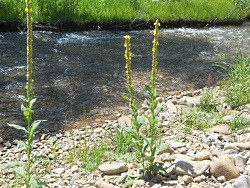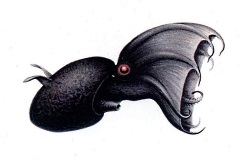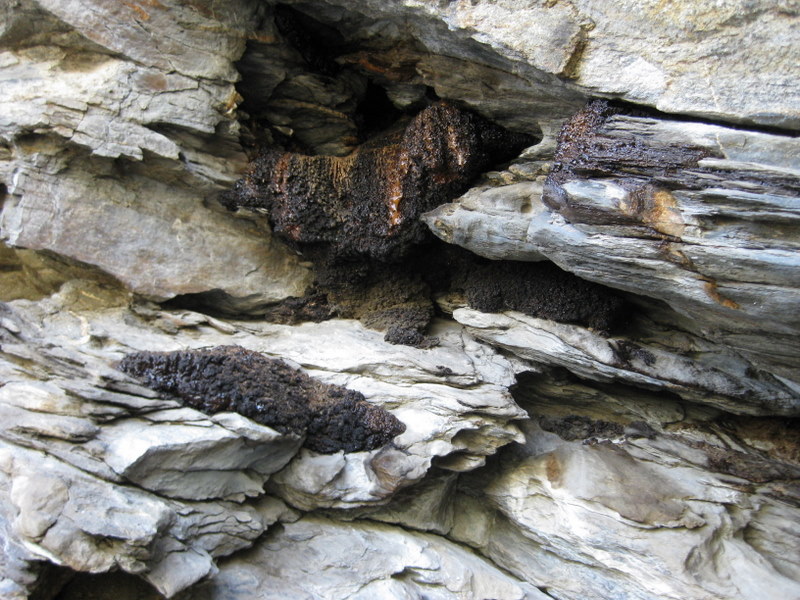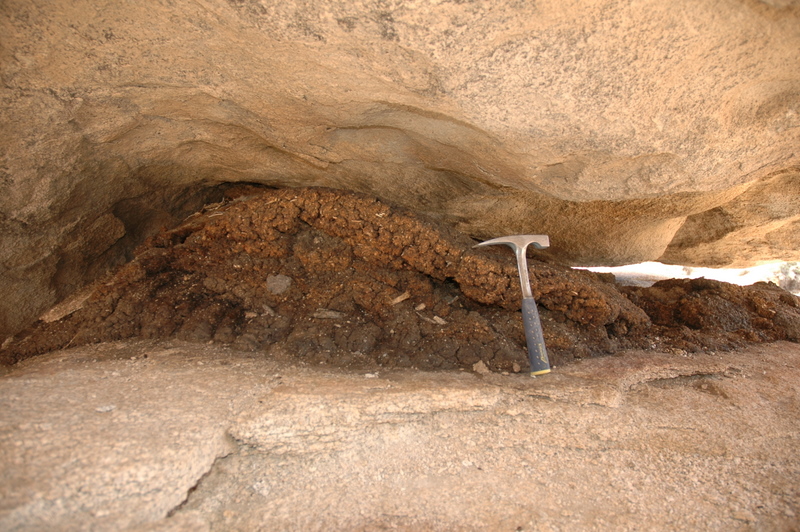
Brachylagus idahoesis
Courtesy & Copyright 2007 Len Zeoli
Pygmy rabbits!! Sure, like there’s these little rabbits running around out there, and nobody’s seen them. Right!
Well pygmy rabbits do exist and they’re cute as a button. They are found living it up in sagebrush from Utah north into Idaho and west to California. They eat sagebrush year-round but to fight monotony, they add a few forbs and grasses during spring, summer and fall.
Pygmy rabbits look like cottontails, but different. There’s no conspicuous white fluff ball on their tail. The fur is more slate gray than the pale gray of the desert cottontail. The pygmy rabbit is dinky, with significantly smaller ears and weighing less than a pound. Pygmy rabbits favor dense stands of big sagebrush, sometimes near riparian areas. Based on Val Grant’s experience they can also be found in sparse sagebrush and well away from water.
These rabbits are not as easy to see as they are to identify by their sign: fecal pellets, browse patterns and mobility patterns in snow. When you’re out in sagebrush, check the ground under a sage plant. If you see small piles of pellets the size of BBs, you may be onto the wily pygmy. They dig burrows beneath the sage plants and frequently fresh pellets are found at the entrance. The sage branch tips will show distinct browsing on the new growth. In winter, launching pads used by pygmy rabbits are a sure way to identify their presence. Rather than frolic through the snow like cottontails and jackrabbits, leaving a distinct trail, these little guys leap from pad to pad when traveling across the snow during the winter. This adds skiers and snowshoers to the list of observers who should be on the lookout for these diminutive rabbits with a big appetite for sagebrush.
This is Linda Kervin for Bridgerland Audubon Society.
Credits:
Photos: Courtesy & Copyright 2007 Len Zeoli
Text: Val Grant, Bridgerland Audubon Society
Additional Reading:
Pygmy Rabbit, The Rabbits Archive, https://www.rabbitsarchive.com/species/pygmy-rabbit.php
Pygmy rabbit pictures and facts, https://thewebsiteofeverything.com/animals/mammals/Lagomorpha/Leporidae/Brachylagus/Brachylagus-idahoensis.html
Endangered Rabbit Beats the Odds, College of Agricultural, Human and Natural Resource Sciences, Washington State University, https://cahnrsnews.wsu.edu/2007/06/13/endangered-rabbit-beats-the-odds/
Pygmy rabbit, mondo adorable, L.A. Unleashed, LA Times Local, February 8, 2009, https://latimesblogs.latimes.com/unleashed/2009/02/pygmy-rabbit.html
Pygmy Rabbits, Western Watersheds Project, https://www.westernwatersheds.org/wildlife/pygmy-rabbits





